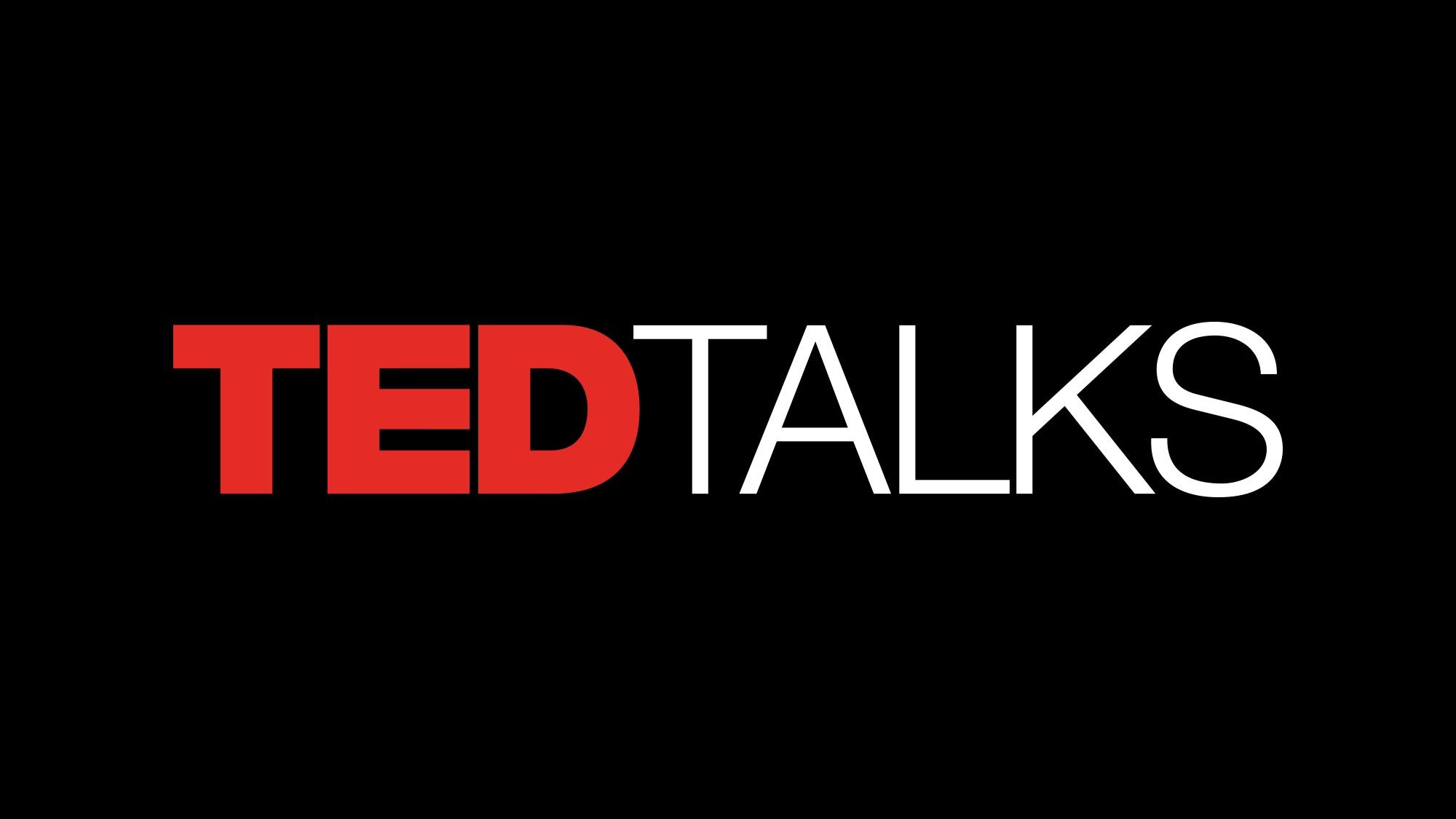In today’s hyper-connected digital world, establishing yourself as a thought leader isn’t just a career advantage—it’s become essential for professional survival and growth. The traditional gatekeepers of expertise have given way to democratized platforms where anyone with valuable insights can build authority and influence. Among these platforms, TED Talks and LinkedIn stand out as the most powerful tools for amplifying your voice and establishing credibility in your field.
The concept of thought leadership has evolved dramatically over the past decade. Where once it required years of climbing corporate ladders or publishing academic papers, today’s thought leaders leverage digital platforms to share their expertise directly with global audiences. This shift has created unprecedented opportunities for professionals across all industries to position themselves as authorities in their respective fields.
TED Talks represent the pinnacle of thought leadership platforms, offering speakers the chance to share “ideas worth spreading” with millions of viewers worldwide. Meanwhile, LinkedIn has transformed from a simple networking site into a dynamic platform for professional content creation and industry discourse. Together with other emerging tools and strategies, these platforms form a comprehensive ecosystem for building and maintaining thought leadership.
The stakes have never been higher. In an era where personal branding can make or break careers, understanding how to effectively utilize these tools isn’t just beneficial—it’s critical for anyone serious about establishing themselves as an industry authority and driving meaningful professional growth.
The Power of TED Talks in Thought Leadership

TED Talks have revolutionized how we consume and share knowledge, creating a global stage for innovative ideas and transformative insights. The platform’s rigorous curation process and massive reach make it one of the most prestigious venues for thought leaders to showcase their expertise.
Building Credibility Through TED
Securing a TED Talk slot requires more than just expertise—it demands a unique perspective that resonates with audiences and offers genuine value. The most important step is honing your core message and understanding what you want your audience to remember. Your talk must go beyond surface-level insights to provide transformative ideas that help others while drawing from your authentic life experiences.
The preparation process itself builds thought leadership credentials. Successful TED speakers spend months refining their message, studying other presentations, and practicing their delivery. This intensive preparation not only improves the final presentation but also deepens the speaker’s understanding of their subject matter and their ability to communicate complex ideas simply and effectively.
Leveraging TED for Personal Branding
TED Talks serve as powerful personal branding tools that extend far beyond the 18-minute presentation. The platform’s global reach and prestigious reputation create lasting credibility that speakers can leverage throughout their careers. A well-executed TED Talk becomes a cornerstone of your professional identity, opening doors to speaking opportunities, media appearances, and business partnerships.
The key to maximizing TED’s branding potential lies in understanding the platform’s emphasis on storytelling and emotional connection. The most memorable TED Talks combine expertise with personal narrative, creating content that not only informs but also inspires and motivates audiences to action.
LinkedIn: The Professional’s Thought Leadership Platform

LinkedIn has evolved into the premier platform for professional thought leadership, offering unprecedented access to industry peers, potential clients, and influential decision-makers. Unlike other social media platforms, LinkedIn’s professional focus creates an environment where thoughtful, industry-specific content thrives.
Content Strategy for LinkedIn Thought Leadership
Successful LinkedIn thought leadership requires a strategic approach to content creation and engagement. The platform rewards consistency, authenticity, and value-driven content that addresses real industry challenges. Rather than simply sharing others’ content, thought leaders must offer unique perspectives and original insights that differentiate them from their peers.
The most effective LinkedIn thought leaders maintain a regular publishing schedule, whether through posts, articles, or video content. This consistency establishes a rhythm of engagement and positions you as a reliable source of industry insights. The key is finding the right balance between sharing professional expertise and revealing enough personality to create authentic connections with your audience.
Engagement and Community Building
LinkedIn thought leadership extends beyond content creation to active community engagement. The platform’s two-way communication model rewards those who participate in discussions, respond to comments, and engage meaningfully with others’ content. This reciprocal engagement builds relationships and expands your network of influence.
Connecting with industry influencers and engaging with their content can lead to valuable professional relationships and collaboration opportunities. The key is approaching these connections authentically, offering genuine insights rather than generic comments, and focusing on building real relationships rather than simply expanding your network numbers.
Additional Thought Leadership Tools and Strategies

Beyond TED and LinkedIn, successful thought leaders leverage a diverse toolkit of platforms and strategies to build and maintain their authority.
Speaking and Presentation Opportunities
Joining organizations like Toastmasters or specialized speaking groups provides essential practice and feedback opportunities. These environments allow aspiring thought leaders to refine their message and delivery in supportive settings before pursuing larger platforms. Regular speaking practice builds confidence and helps develop the presentation skills necessary for high-stakes opportunities.
Analytics and Performance Measurement
Modern thought leadership requires data-driven decision making. LinkedIn Analytics and other measurement tools provide crucial insights into what content resonates with your audience and what strategies drive the most engagement. Successful thought leaders continuously analyze their performance and adjust their strategies based on real data rather than assumptions.
Authenticity and Value Creation
The foundation of sustainable thought leadership lies in authenticity and genuine value creation. Audiences can quickly identify and reject content that feels promotional or inauthentic. The most successful thought leaders focus on sharing genuine insights, personal experiences, and actionable advice that truly helps their audience solve problems or achieve goals.
Building Strategic Associations
Thought leadership often benefits from strategic associations with reputable brands, organizations, or other influencers. These associations can enhance credibility and expand reach, but they must align with your authentic brand and values. The goal is to build mutually beneficial relationships that strengthen all parties involved.
Integrating Multiple Platforms for Maximum Impact
The most successful thought leaders don’t rely on a single platform but instead create integrated strategies that leverage multiple tools and channels. A TED Talk can provide credibility and content that fuels months of LinkedIn discussions. LinkedIn engagement can build the audience and expertise necessary to secure speaking opportunities. Each platform amplifies the others when used strategically.
The key to successful integration lies in maintaining consistent messaging and branding across all platforms while adapting content to each platform’s unique strengths and audience expectations. This approach creates multiple touchpoints with your audience and reinforces your expertise through various channels.
Building thought leadership through these platforms requires patience, consistency, and genuine commitment to adding value. The most successful thought leaders view their efforts as long-term investments in their professional reputation and industry influence, understanding that authentic authority takes time to develop but provides lasting benefits throughout their careers.

